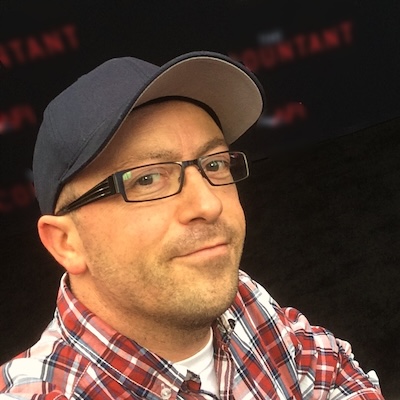“Dune: Prophecy” Editors Amelia Allwarden and Anna Hauger on Weaving the Tapestry of Sisterhood’s Growing Power
No strangers to collaborating on world-building, editors Amelia Allwarden and Anna Hauger relished the chance to come together to help shape Dune: Prophecy.
The Westworld alums shaped the season finale together, as well as overseeing their own episodes of the HBO magisterial new series that extends the world of Dune set into motion by director Denis Villeneuve’s critically acclaimed films. Set long before Paul Atreides (Timothée Chalamet) was rising to power in the desert sands of Arrakis, some 10,000 years before those events depicted in Villeneuve’s Dune films, Dune: Prophecy offers a six-episode prequel that focuses on the origins of the immensely powerful and violently secretive sisterhood, the Bene Gesserit.
Here, Allwarden and Hauger, who is also an associate producer on the show, explain how they shaped the tone of the story, set a distinctive mood for the flashback sequences, and used sound design and visual themes to take their visions to the next level.
What were the first conversations you had going into Dune: Prophecy?
Anna Hauger: Primarily, I joined the project because I’ve worked with both executive producers, Jordan Goldberg and Alison Schapker. Amelia and I worked with them on Westworld, and I enjoyed their collaboration. It was a no-brainer for me. Amelia was more familiar with the Dune of it all. I’ve watched the movies, or it was just the first one at that point, but I’d actually never read the books.
Amelia Allwarden: Alison, Jordan, and I talked a lot about Dune: Part One while we were editing Westworld season four because it had come out that year, and I had just read the first book. Little did I know that they would become involved with the Dune: Prophecy then, but then Allison texted me and said, ‘I want to put you forward to join us on the show.’ My combination of being so into the Dune lore and then working with Jordan and Alison again on an IP that I already loved was like, ‘Where do I sign?’
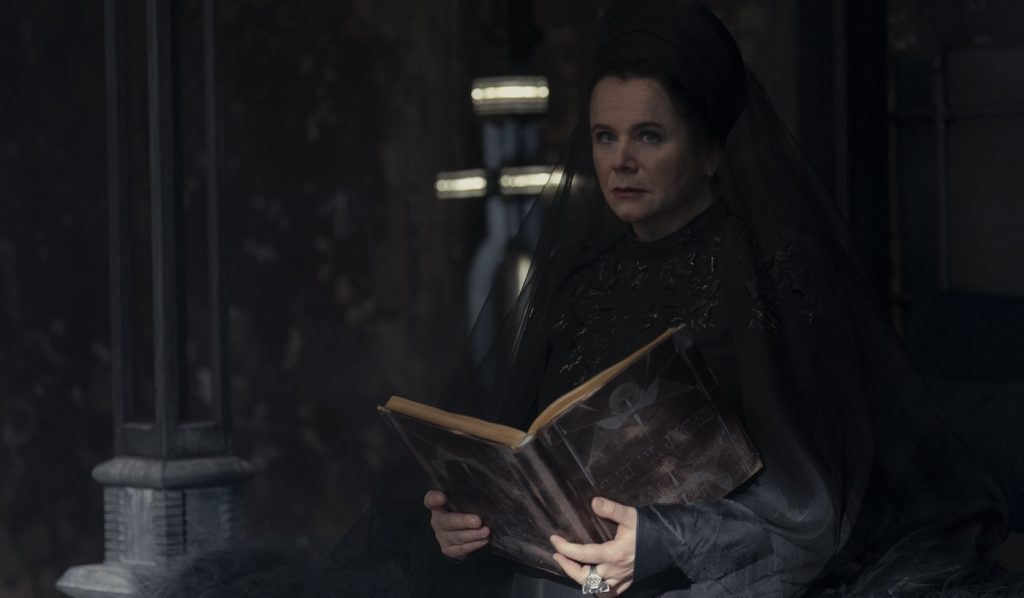
You had to take that epic scale of Dune on the big screen and put that on a smaller screen with the same beats. How did you find the proportionately scaled tone?
Hauger: We had a lot to live up to with the features and the tone that had been set. We also had numerous discussions with Jordan and Alison about making the show something unto itself and not being beholden to the films. We didn’t have the budget and the time, but we wanted to make it as big in scope and put in as much world-building as possible to make it feel full and be part of the Dune-verse.
Allwarden: The beauty of television is the serialized workflow, so you get much more into the nitty gritty. Alison’s writing is so character-driven that it was less about asking, ‘How are we going to make this like, or not like, Denis’ films?’ and more like, ‘How are we going to honor the characters, the world they inhabit and make it feel rich?’
What was the anchor for Dune: Prophecy in the edit?
Hauger: I start with the characters. We were really fortunate to have an embarrassment of riches, with a fantastic cast, such as Emily Watson and Olivia Williams, leading it and digging into their emotions. Valya and Tula Harkonnen are such complicated, rich characters, and there are a lot of ways you can go editorially; there are a lot of shades of that balance between good and evil. You service your script in the first pass, and then when Alison and Jordan come in, we can change the dynamics of the whole series by changing performance and cutting to different reactions, focusing on different parts of the manipulation and their power play. It’s a fun exploration.
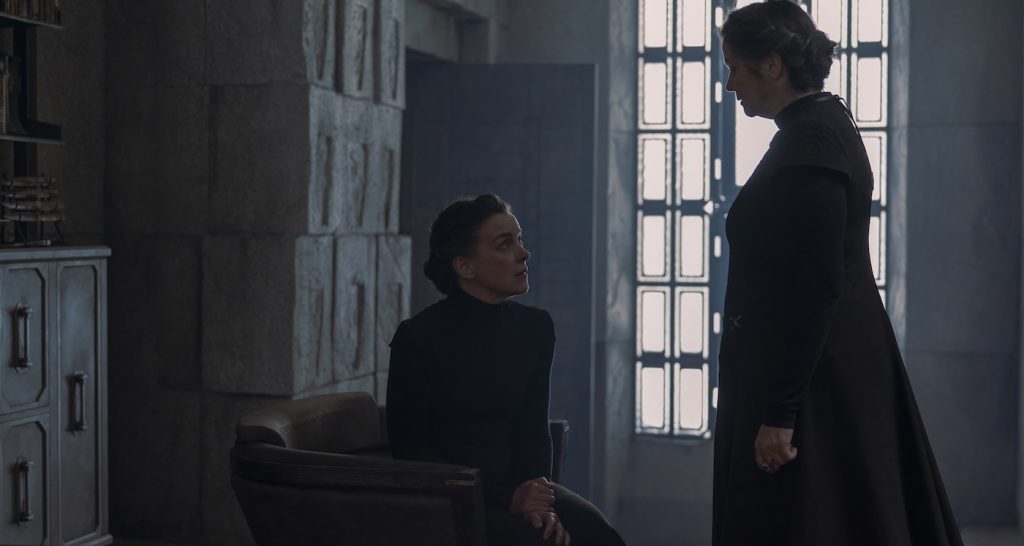
Anna edited episode two, Amelia edited episode four, and you did the finale together. How did you manage the workflow?
Allwarden: Once we have everything, then we can be like, ‘These storylines are emerging and feeling more important, and these are feeling less important,’ then we go in, and we iterate from there, shaving things down and reordering. The beauty of some of the storylines is that some can be revealed in different orders other than what was originally intended. That happens a lot on shows that have many characters and storylines, like Westworld. Alison and Jordan are incredible collaborators with editors, and they really respect us, so they always wanted to hear how we could better tell the story. It was very much like the best idea wins versus a dictation, and it makes the show better overall.
Hauger: One thing we always had to keep in mind was making sure Valya came across as the smartest one in the room. You don’t want the audience or the other characters to be ahead of her. You want her plan to be piercing through-line across the series. That had to be the top priority.
Dune: Prophecy utilizes flashbacks, which can be quite difficult to integrate without being jarring. How did you find the best way to do that?
Hauger: I didn’t have to deal with flashbacks in episode two as it was a thought-driven episode in the present, but in episode six, we definitely had a lot of discussions about where to place the flashbacks best. The script dictated where those flashbacks were going to be, but in the post-process, I did a little bit of work on it, and we definitely had flexibility in moving those around and putting them in the best place to service the story.
Allwarden: Not to give anything away about episode six, but we were really intentional when we go in and out of flashbacks and present-day to feel like we’re following an emotional throughline, and we’re going there for a reason, not just being yanked back and forth. They were really beautifully written in the scripts, but then we wanted to elevate them when they came to post to make sure we’re feeling a flow of like, ‘Oh, I’ve been too long in the present. I’ve been too long in the past.’
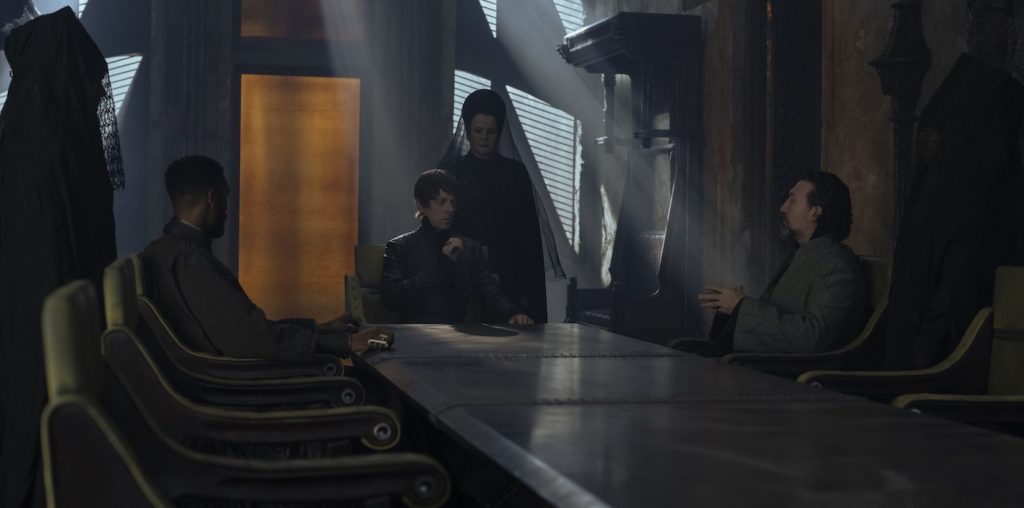
Do you find that you created trademark moves in editing that you can pull out to give you an edge in any situation?
Hauger: That’s the beauty of collaborating with multiple editors. Being able to collaborate and bounce ideas off each other, look at a scene, and say, ‘Hey, I have an idea of how to elevate that,’ is great. I know that when I’m stuck in a corner, being able to give the scene to Amelia, have her fresh eyes on it, and utilize her bag of tricks is such a benefit to the whole show.
Allwarden: The way I ground myself in a scene is by focusing on the characters’ eyes. If we’re looking at a character, and I cut back, and they’re looking down, it really bothers me and makes it feel disjointed. If I was ever taking a fresh pass on a scene, I’m reconnecting all the eyes, and then I can take a breath, go from there, and feel how the characters are feeling. I don’t necessarily keep all of those in the final edit, but it is how to get inside a scene for me.
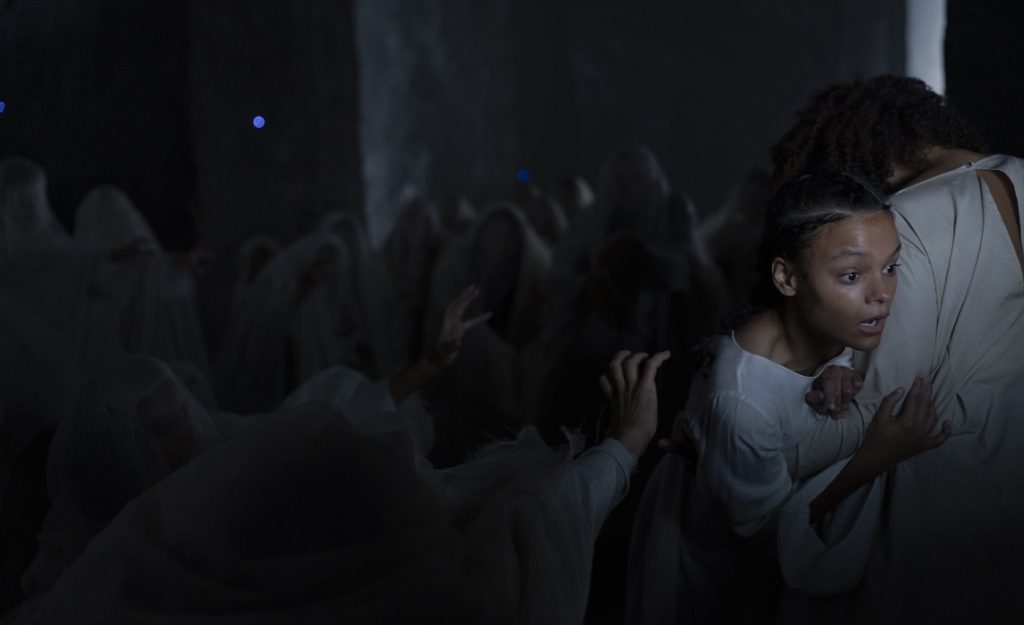
With episodes two and four, did anything come up where you weren’t sure how you were going to solve a problem but were pleased with the results?
Hauger: In episode two, it has got to be the agony, which was our big set piece of the episode. It was shot like a black box theater. You have the main character who has undergone this ritual to unlock her genetic memory, waking up in this cavernous area. It was such a blank page, and there were so many ways that you could go, heightening the horror or the emotion, so it was figuring out what story we wanted to tell and collaborating with visual effects to bring it to life. When I turned in my cut, I said, ‘I have this story and vision in my head, but I’m not sure if it’s going to work.’ Thanks to discussions with the director, Alison, and VFX, bouncing ideas off of each other, we really brought something magical to the screen. Bringing the sound design and music into that, too, was beyond my expectations from just looking at the dailies when I received them.
Allwarden: Similarly, with the two dream sequences that bookend episode four, there’s Emeline’s dream at the beginning and then what’s revealed to be Tula’s dream at the end. When you have a dream sequence, it can be cut in many different ways. There was a really great plan going in, then it was like, ‘How do we elevate that?’ Emeline is walking through the sisterhood; she’s following someone who she realizes is herself, but she’s blind, kills herself, and there’s sand pouring from the walls, so we have all these elements to play with. Many of them were visual effects we could improve upon once we got into post, and we could collaborate with our VFX supervisor, Michael Enriquez, and our visual effects producer, Terron Pratt, to elevate those sequences. You want to balance the edge of confusion and excitement, but you don’t want to be too confused. Also, if it’s too straightforward, it becomes boring. I’m really proud of where we landed in both sequences because they’re driven by the character and where we want their headspace to be. It gives a really fun playground to play in, with visual effects and sound design and little breadcrumbs for future things, too.
Dune: Prophecy is now streaming on Max
For more on Warner Bros., DC Studios, Max, and more, check out these stories:
“Game of Thrones” Prequel, “The White Lotus” Season 3 & More Coming to HBO in 2025
James Gunn Teases “Superman” Star David Corenswet’s Freakishly Great Performance
Crime, Crazy Rich Rom-Coms, and More: Producer Janice Chua on Bringing Asian Stories to the World
Featured image: Edward Davis, Emily Watson. Photograph by Attila Szvacsek/HBO

